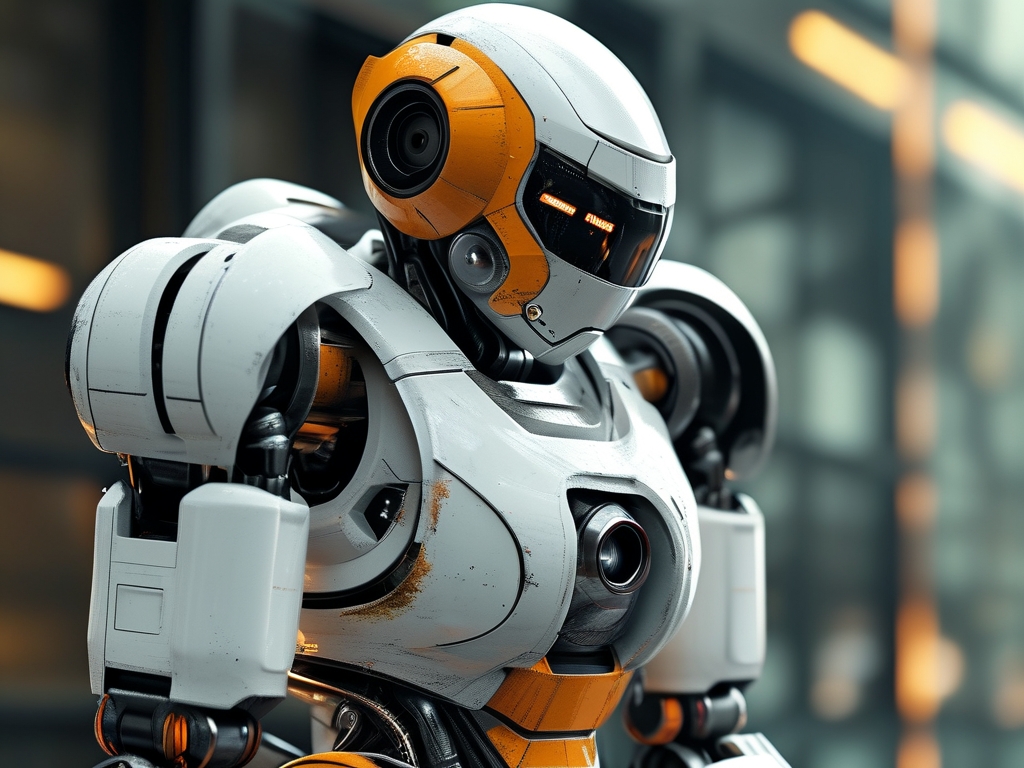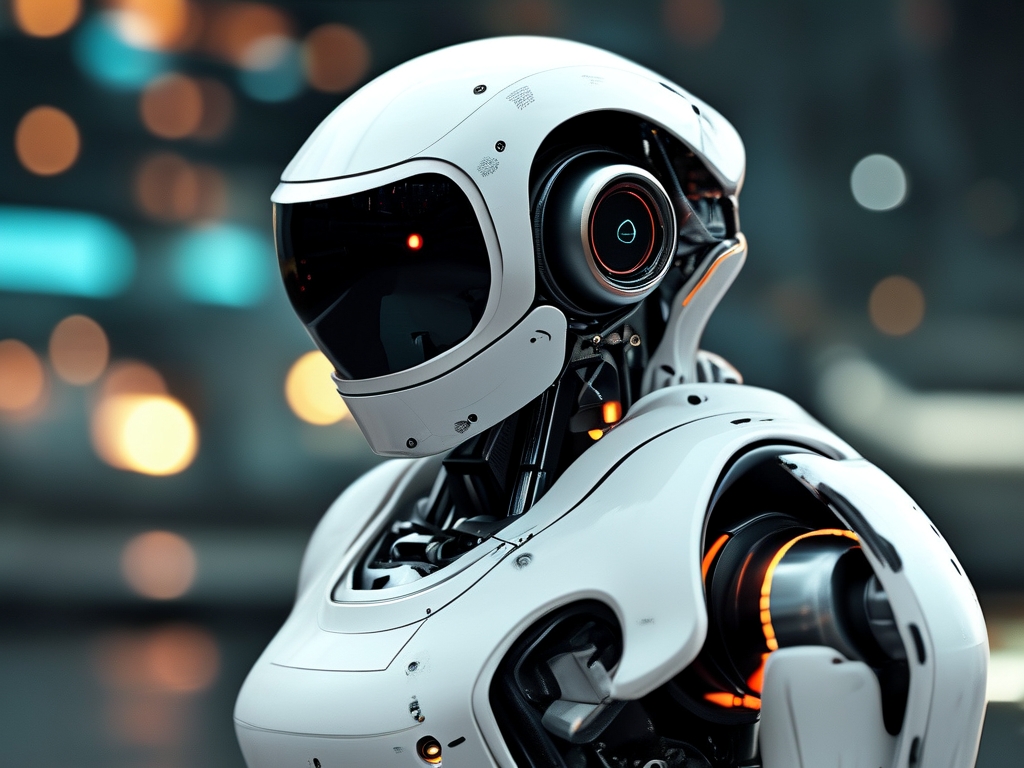The quest to build the world’s most advanced robots hinges on the seamless integration of cutting-edge technologies, from artificial intelligence (AI) to biomechanical engineering. At its core, the "strongest" robotics systems are defined not just by physical power but by their ability to learn, adapt, and execute complex tasks autonomously. This article explores the foundational principles driving modern robotics innovation.

1. AI-Driven Decision-Making Architectures
The backbone of advanced robotics lies in AI algorithms capable of real-time decision-making. Machine learning models, particularly deep reinforcement learning (DRL), enable robots to optimize actions through trial and error. For instance, Boston Dynamics’ Atlas robot uses DRL to master dynamic movements like backflips and parkour. These systems process vast datasets from sensors to predict outcomes, adjusting behavior milliseconds to navigate unpredictable environments.
Neural networks further enhance adaptability. By mimicking human brain structures, robots like Tesla’s Optimus can recognize patterns—such as identifying objects in cluttered spaces—and refine their responses over time. Transfer learning allows knowledge from one task (e.g., grasping cups) to accelerate mastery of related tasks (e.g., handling bottles), reducing training cycles by up to 70%.
2. Sensor Fusion and Environmental Perception
A robot’s "senses" are critical to its effectiveness. LiDAR, RGB-D cameras, and inertial measurement units (IMUs) create a 360-degree spatial awareness. For example, autonomous drones like Skydio X10 merge LiDAR depth maps with visual SLAM (Simultaneous Localization and Mapping) to avoid obstacles at 30 mph. Sensor fusion algorithms, such as Kalman filters, reconcile conflicting data streams to build accurate real-time models of the world.
Tactile feedback systems add another layer. MIT’s GelSight technology, embedded in robotic fingertips, detects textures and pressures at micron-level precision, enabling delicate tasks like threading needles or handling fragile objects. This multisensory integration ensures robots operate safely alongside humans in factories or hospitals.
3. Dynamic Actuation and Biomechanics
Strength and precision in movement rely on advanced actuators. Hydraulic systems, used in industrial robots like KUKA’s Titan, deliver 1,300 kg payload capacities, while piezoelectric actuators in surgical robots like the da Vinci System achieve sub-millimeter accuracy. Hybrid designs, such as soft robotics with shape-memory alloys, combine flexibility with power—ideal for rescue missions in collapsed buildings.
Biomimicry plays a key role. Festo’s BionicSwift, inspired by bird flight, uses lightweight carbon wings and radio-based swarm coordination to mimic avian agility. Similarly, Harvard’s Octobot emulates cephalopod tentacles for fluid underwater navigation. These designs prioritize energy efficiency, a critical factor for untethered robots.
4. Edge Computing and Decentralized Autonomy
To minimize latency, top-tier robots process data locally via edge computing. NVIDIA’s Jetson Orin modules, for example, deliver 275 TOPS (trillion operations per second) of onboard AI computation, enabling real-time image analysis without cloud dependency. This is vital for applications like autonomous vehicles, where split-second decisions prevent accidents.
Decentralized control architectures, such as ROS 2 (Robot Operating System), allow modular upgrades. Amazon’s Proteus warehouse robots use this framework to dynamically reroute paths when obstacles appear, ensuring uninterrupted logistics workflows.
5. Ethical AI and Human-Robot Collaboration
As robots grow more autonomous, ethical frameworks become essential. Explainable AI (XAI) tools, like LIME (Local Interpretable Model-agnostic Explanations), help engineers audit decision pathways. Collaborative robots (cobots) like ABB’s YuMi incorporate force-limiting joints and vision-based safety zones to prevent workplace injuries.
The strongest robotics systems are those that harmonize intelligence, perception, and physical prowess. From AI algorithms that learn like humans to actuators that rival biological muscles, these principles are reshaping industries. As quantum computing and neuromorphic chips emerge, the next generation of robots will blur the line between machine and organism, unlocking possibilities once confined to science fiction.
Word count: 1,027


